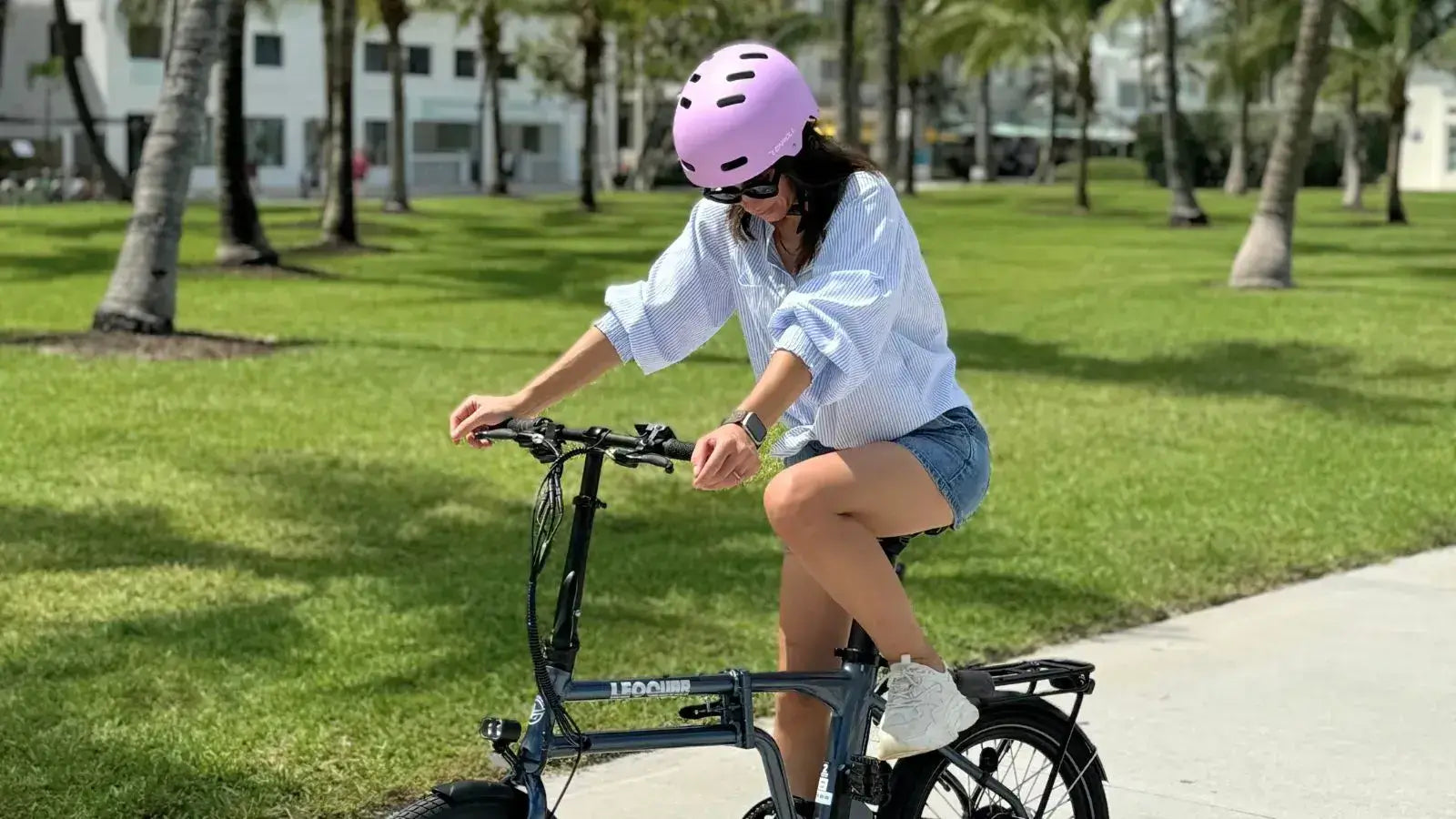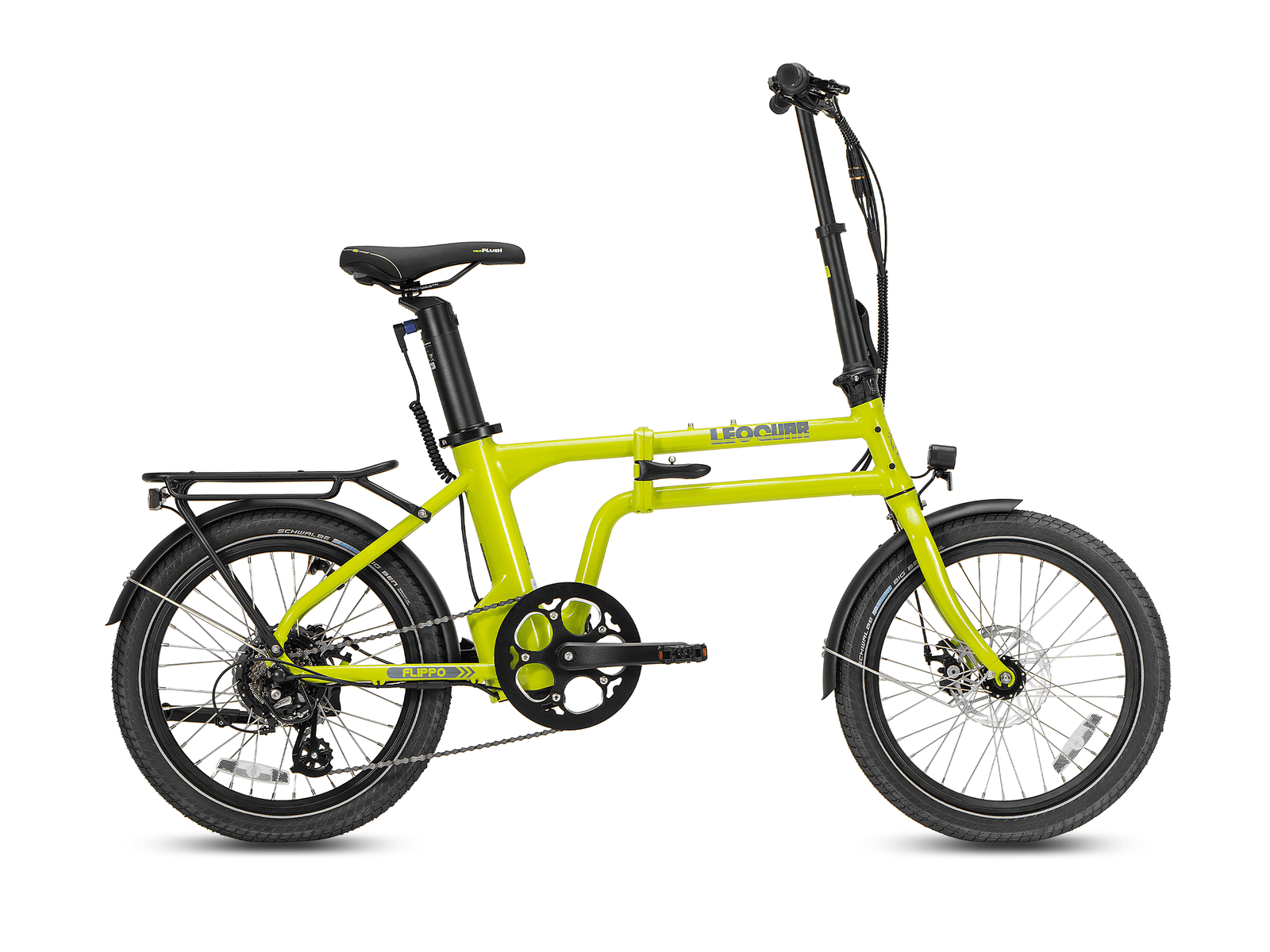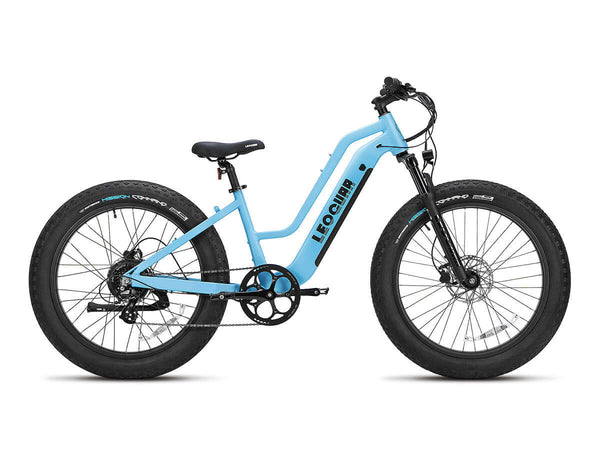
What Is an E-Bike? 5 Common Myths That Could Lead You to Buy the Wrong One
What an E-Bike Really Is
You've seen them everywhere. They glide up hills, zip through city traffic, and cruise along scenic paths with ease. Electric bikes, or e-bikes, are no longer a niche hobby. They represent a transportation revolution that's changing how people think about cycling. But with this surge in popularity comes a wave of confusion. A sea of technical terms, competing brands, and conflicting advice can make choosing one feel overwhelming, especially for first-time buyers.
Understanding what an e-bike is goes far beyond a simple definition. It's about knowing what it is not, and more importantly, what makes each type special. The real key to a smart purchase is to first unlearn the common myths and misconceptions that float around. This guide is designed to do exactly that. We'll give you the clear definition you're looking for, but more importantly, we'll bust the five biggest myths that lead to costly mistakes and frustrating buyer's remorse. By the end, you'll be empowered to choose the perfect e-bike for your life.
Before we tackle the myths, let's establish a clear foundation. What is an e-bike at its core? It's not a moped or a motorcycle. It's a bicycle first, with an electric boost that makes riding easier and more enjoyable.
A Bicycle with a Boost
In the simplest terms, an e-bike is a bicycle with an integrated electric motor used to provide assistance to the rider. On the vast majority of e-bikes, this means you still have to pedal. The motor amplifies your effort, making hills feel flatter, headwinds disappear, and longer distances feel shorter. It's your own power, just supercharged.
Three Key Components
Every e-bike is built around three core electrical components that work together to provide that boost.
- The Motor is the powerhouse. It's the part that provides the assistive force to your pedaling. We will discuss the two main types, mid-drive and hub-drive, in more detail later, as understanding the difference is critical.
- The Battery is the fuel tank. It's a rechargeable lithium-ion pack that stores the energy for the motor. Its capacity, measured in Watt-hours (Wh), is the primary factor in determining how far you can ride on a single charge.
- The Controller and Display is your cockpit. Usually a small screen on your handlebars, it allows you to choose your level of assistance, from a gentle eco-mode to a powerful turbo-mode. It also displays vital information like your speed, distance, and remaining battery life.
Two Ways to Get Power
The electric assistance is delivered in one of two ways, and this distinction is crucial for both legal and practical reasons.
- Pedal-Assist is the most common system. The motor engages only when you are pedaling. Advanced systems use a torque sensor to measure how hard you're pedaling and match the assistance level for a smooth, intuitive feel. It feels like you suddenly have bionic legs.
- Throttle allows you to engage the motor without pedaling, usually with a twist-grip or a thumb button. It provides power on demand, much like a scooter. Some e-bikes have only a throttle, while many offer both pedal-assist and a throttle.

Five Myths to Avoid
Now that we have the basics down, let's debunk the five most common myths. Understanding these truths is the single best way to avoid buying the wrong e-bike.
Myth 1: Not Real Exercise
This is perhaps the most persistent myth about e-bikes. The idea that using one is cheating or doesn't provide a real workout is fundamentally wrong, and it causes people who could benefit most from an e-bike to dismiss them.
The reality is that e-biking is a fantastic form of moderate exercise. On a pedal-assist ebike, you are always contributing. You control the workout. If you want to sweat, you can keep the bike in a low-assist mode or turn the motor off entirely. If you're facing a tough hill or a long commute home after a tiring day, you can dial up the assistance to get the help you need.
This accessibility is the e-bike's superpower. Studies and research from health and consumer experts have shown that e-bike owners tend to ride significantly more often and for longer distances than conventional cyclists. That 20-mile ride that seemed too intimidating on a regular bike becomes a regular weekend activity. The commute you used to drive becomes a daily bike ride. This consistency leads to substantial, long-term health benefits. The buying mistake this myth causes is clear. People looking to improve their fitness overlook a tool that could make exercise more fun, frequent, and sustainable.
Myth 2: All E-Bikes Are the Same
Walking into a bike shop or browsing online, it's easy to assume all e-bikes are similar, with the main differences being color and price. This could not be further from the truth and is a direct path to buying a bike that doesn't fit your life. E-bikes are specialized tools designed for very different jobs.
Choosing the right type is the most important decision you'll make. Buying an aggressive e-mountain bike for a paved city commute is like using a monster truck to pick up groceries. It's inefficient, uncomfortable, and overkill. Conversely, using a stylish beach cruiser to haul kids and cargo is impractical and unsafe. Match the bike to your primary need.
| E-Bike Type | Best For... | Key Features |
|---|---|---|
| Commuter | Daily trips to work/school | Racks, fenders, lights, comfortable but efficient riding position. |
| Mountain (eMTB) | Off-road trails and rugged terrain | Robust frame, suspension, knobby tires, powerful mid-drive motor. |
| Cargo/Utility | Hauling groceries, kids, or supplies | Long, sturdy frame, powerful motor, large carrying capacity. |
| Folding | Multi-modal commutes (bus/train) or small apartments | Compact, foldable frame for easy storage and transport. |
| Cruiser | Leisurely, comfortable rides around town or on bike paths | Upright riding position, wide handlebars, comfortable saddle. |
Myth 3: Legal Everywhere
Many new riders are surprised to learn that they can't just ride any e-bike on any path. In the United States and many other regions, e-bikes are regulated by a three-class system. Knowing these classes is essential, as access to bike paths, multi-use trails, and national parks often depends on them.
Here is a simple breakdown of the system, which is based on motor assistance speed and the presence of a throttle.
- Class 1 features pedal-assist only with no throttle. The motor provides assistance only when you pedal, and it stops assisting at 20 mph. These are the most widely accepted e-bikes and are often allowed wherever traditional bicycles are.
- Class 2 is throttle-assisted. This class features a throttle that can power the bike up to 20 mph without any pedaling. They also have pedal-assist that cuts off at 20 mph. Because of the throttle, they are sometimes restricted from certain bike paths or mountain bike trails.
- Class 3 features pedal-assist only with no throttle. These are the fastest speed pedelecs. The motor assists your pedaling up to a speed of 28 mph. Because of their higher speed, Class 3 e-bikes are typically restricted to roads and on-street bike lanes, and are often not allowed on multi-use paths or trails.
The federal law also sets a motor power limit of 750 watts for a bike to be legally considered an electric bicycle. The buying mistake here is serious: purchasing a Class 3 e-bike for a peaceful ride on your local greenway, only to discover they are prohibited. Always check local regulations and buy the class that matches where you want to ride.
Myth 4: Watts Are All That Matter
When comparing e-bikes, one of the most prominent numbers you'll see is the motor's power, listed in watts. This has led to the common myth that a higher watt number automatically means a better or more powerful bike. While watts are important, they don't tell the whole story.
Think of watts as horsepower. It's a measure of the motor's output. However, just as important is torque, measured in Newton-meters (Nm). Torque is the rotational force that gets you up a steep hill from a dead stop. A bike with high torque will feel much more powerful on climbs than a bike with a similar watt rating but lower torque.
Even more critical is the type of motor. Mid-Drive Motors are located in the center of the bike frame where the pedals are. They apply power directly to the drivetrain, which is the chain. This results in a very natural, balanced, and efficient ride feel. They excel on hills because they can leverage the bike's gears. They are generally found on higher-quality commuter, cargo, and mountain e-bikes.
Hub-Drive Motors are located in the hub of the front or rear wheel. They push or pull the wheel directly. This feels less like an amplification of your own power and more like a distinct push from behind. They are simpler, more affordable, and great for flatter terrain and general commuting.
The buying mistake is focusing only on the watt number. A rider in a hilly area might buy a high-wattage hub-drive bike and find it struggles on climbs, when a lower-wattage mid-drive bike with high torque would have been the superior choice.
Myth 5: More Battery Is Always Better
The battery's capacity, measured in Watt-hours (Wh), determines your e-bike range. It's the size of your gas tank. A 500Wh battery, for example, can deliver 500 watts of power for one hour, or 250 watts for two hours. It's logical to think that a bigger battery is always better, but this isn't necessarily true.
A larger battery provides more range, but it also adds significant weight and cost to the bike. The question isn't how big a battery can I get but how much battery do I actually need. Your real-world range depends on many factors. Your weight, the terrain, your tire pressure, the wind, and most importantly, the level of assistance you use all affect how far you can go. Riding in Turbo mode can cut your range by more than half compared to Eco mode.
The buying mistake is overpaying for a massive, heavy battery when your daily commute is only 10 miles on flat ground. You'd be hauling around extra weight and cost for no reason, making the bike harder to lift and less nimble to ride. Instead, be realistic about your typical ride distance. A standard 400Wh or 500Wh battery is more than sufficient for most people's daily needs, offering a typical range of 25-50 miles.

Your Smarter Choice
An e-bike is a powerful tool. It can flatten hills, shorten commutes, and make cycling accessible and fun for almost anyone. But as we've seen, it's not a one-size-fits-all product.
By moving past the myths, you are no longer just a potential buyer. You are an informed consumer. You know that an e-bike is a form of exercise. You know that the type of bike is more important than its looks, that the class dictates where you can ride, that motor feel is as important as its power, and that the right-sized battery is better than the biggest one. You are now equipped to look at the sea of options and ask the right questions. Not just what is an e-bike, but what is the right e-bike for me.
Frequently Asked Questions
1. Q: How fast can an e-bike go?
A: Most e-bikes are limited by law to assist up to 20 mph (Class 1 and 2) or 28 mph (Class 3). You can pedal faster than these speeds, but the motor won't provide additional assistance beyond these limits.
2. Q: How far can I ride on a single charge?
A: Range varies greatly depending on battery size, terrain, rider weight, and assistance level used. Most e-bikes offer 25-50 miles of range, with some high-capacity models reaching 60-80 miles in ideal conditions.
3. Q: Do I need a license to ride an e-bike?
A: In most U.S. states, you don't need a license, registration, or insurance for Class 1 and Class 2 e-bikes. Class 3 e-bikes may have additional requirements like helmet laws or minimum age restrictions depending on your location.
4. Q: How long does it take to charge an e-bike battery?
A: Most e-bike batteries take 3-6 hours to fully charge from empty. Many riders charge overnight or during work hours, and partial charging is fine for the battery's health.
5. Q: Can I ride an e-bike in the rain?
A: Yes, most e-bikes are designed to handle light rain and wet conditions. However, you should avoid riding through deep puddles or heavy downpours, and always dry the bike thoroughly after wet rides to prevent damage.











































Leave a comment